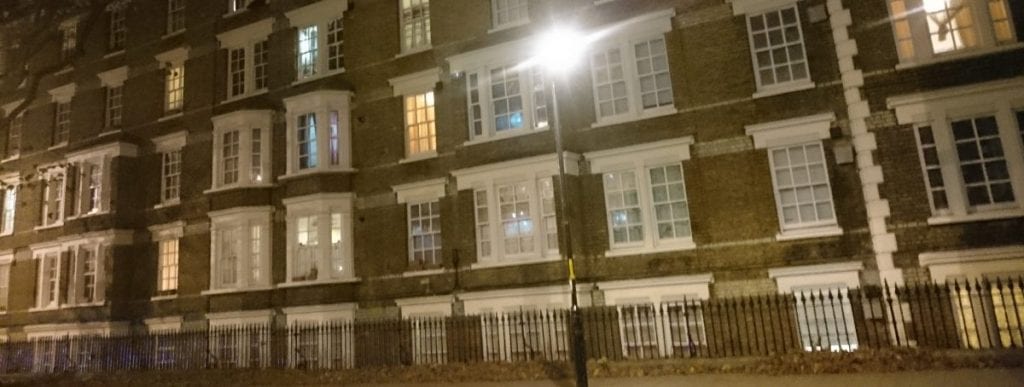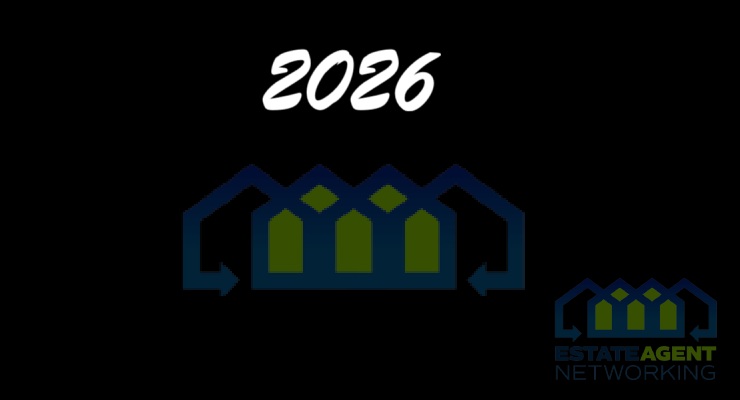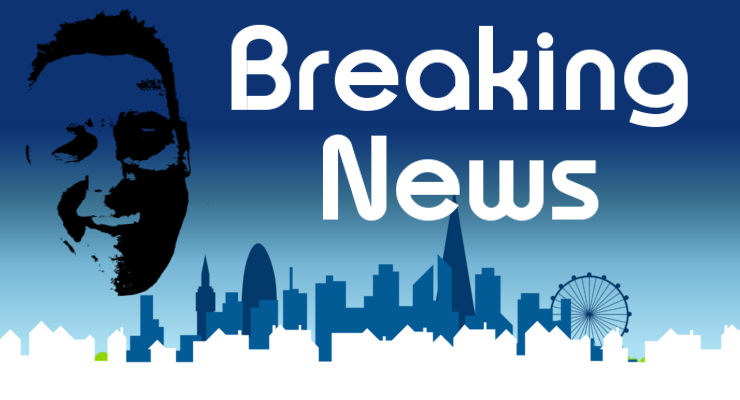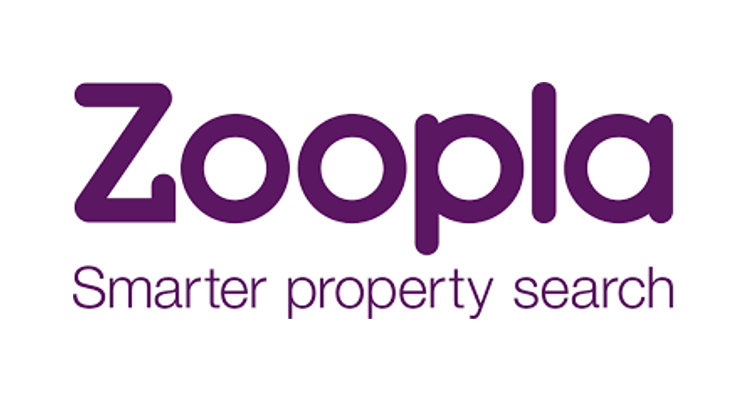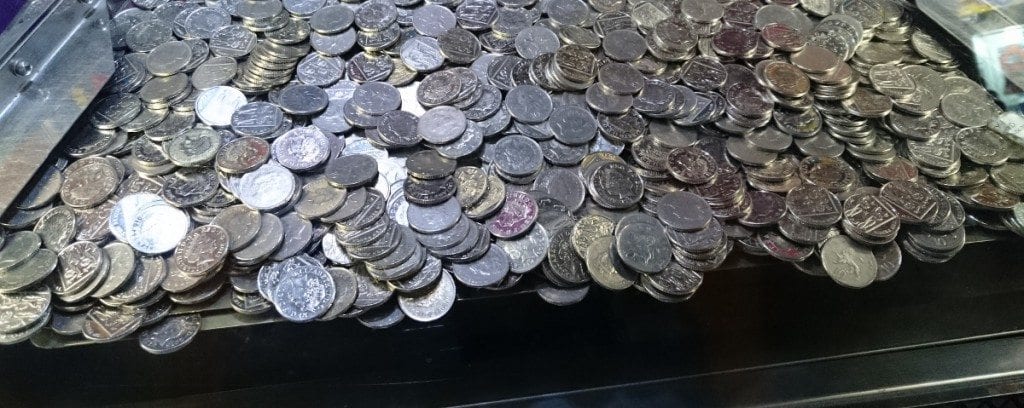Real Estate: how rates can affect the cost of your loan
In real estate, how rates can affect the cost of your loan varies. Borrowers, to be more precise homeowners, concentrate on mortgage rates. The mortgage rates hold a direct impact on real estate prices, and, therefore, the rate can affect the cost of a loan taken. However, it is not only mortgage interest rates that can influence the cost of a loan.
Rates in the market affect the availability of capital in the market, therefore changing the demand for investments. The effects of the rates affect property prices through the influence on supply and demand of real estate, showing how rates can affect the cost of your loan. The investors funding borrowers in real estate will in that way adjust their lending rates to cover the changing risks clients’ base, given the rising or falling interests rates.
In Real Estate: how rates can affect the cost of your loan is determined the varying reasons.
The amount required dictates how much to borrow determining the interest rate that the investors will charge. The risk factor, a concept significantly affected by the type of property in question, also determines the rate to be charged. The credit score, a concept that lenders utilise to determine the riskiness of lending to a particular borrower is also a paramount concept affecting the rate as well as the amount that a lender is willing to offer. An individual’s income also holds a vital role in determining the value of interest rate charged. The amount that the person requests as a loan, in comparison to the value of the property also determines the rate. All of the mentioned criterions determine the rate charged, determining whether the cost of a loan is increased or reduced, showing in real estate, how rates can affect the cost of your loan.
There are two primary models of taking a loan, adjustable and fixed loans. For the case of fixed loans, the lenders express interest rates as annual percentages. The fixed interest loans do not vary the cost of a loan significantly. This is because the interest rates do not regularly change. With the most of the mortgages on a fixed loan model holding up to 30 years of fixed terms, the interest rates means that the borrower enjoys a steady rate. However, the rates are affected at an approximate of seven years as a result of the Federal Reserve rates that affects the market rates.
Under the case of adjustable rates, the annual percentage rates vary per the market forces. This means that the interest rates are prior to increasing or decrease as the market forces dedicate. The model is risky but can prove to be beneficial in the long run, especially where the rates significantly lower the interest rates during the period of repaying a loan. The model also allows for change as the borrowers can opt out, taking the fixed loan model to decrease the costs.
How rates can affect the cost of a loan reveals an increase or reduced costs. Where the rates are low, the property market prices tend to rise. This is because more investors tend to take up the low-rated rates in pursuit of real estate products. In return, a person will require a larger amount to acquire the property. The rates will eventually increase the cost of a loan, given that the higher the value, the higher the cost of a loan. The fact is as a result of evaluation model and the fees and costs associated with taking loans.
In Real Estate: how rates can affect the cost of your loan can be viewed by comparing varying properties and prices on WIRE Consulting’s Real Estate Website UK.
Sponsored Blog Post.



